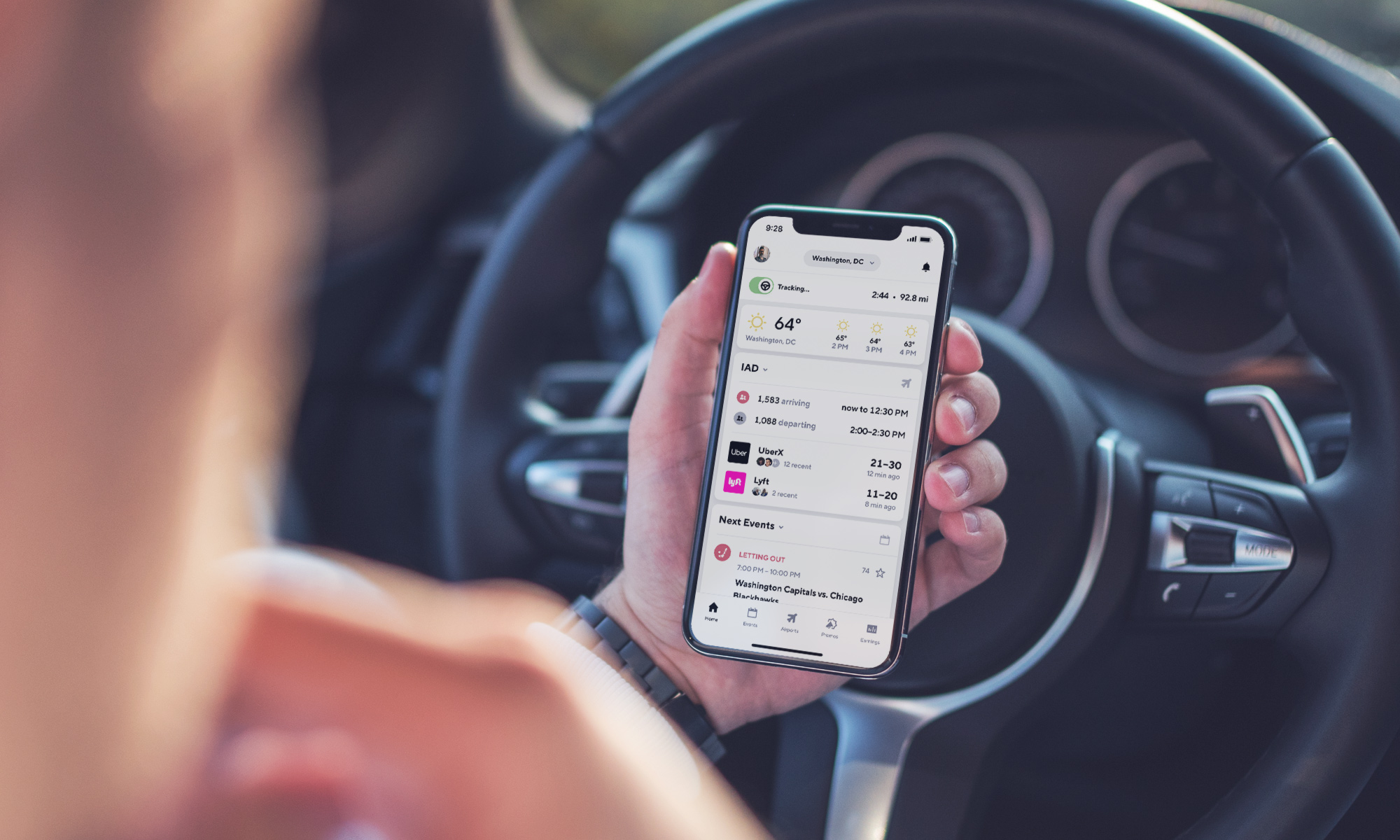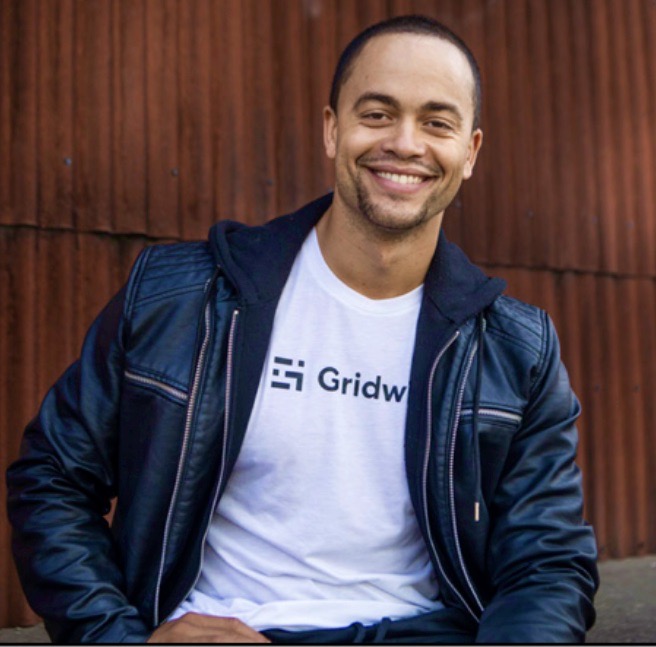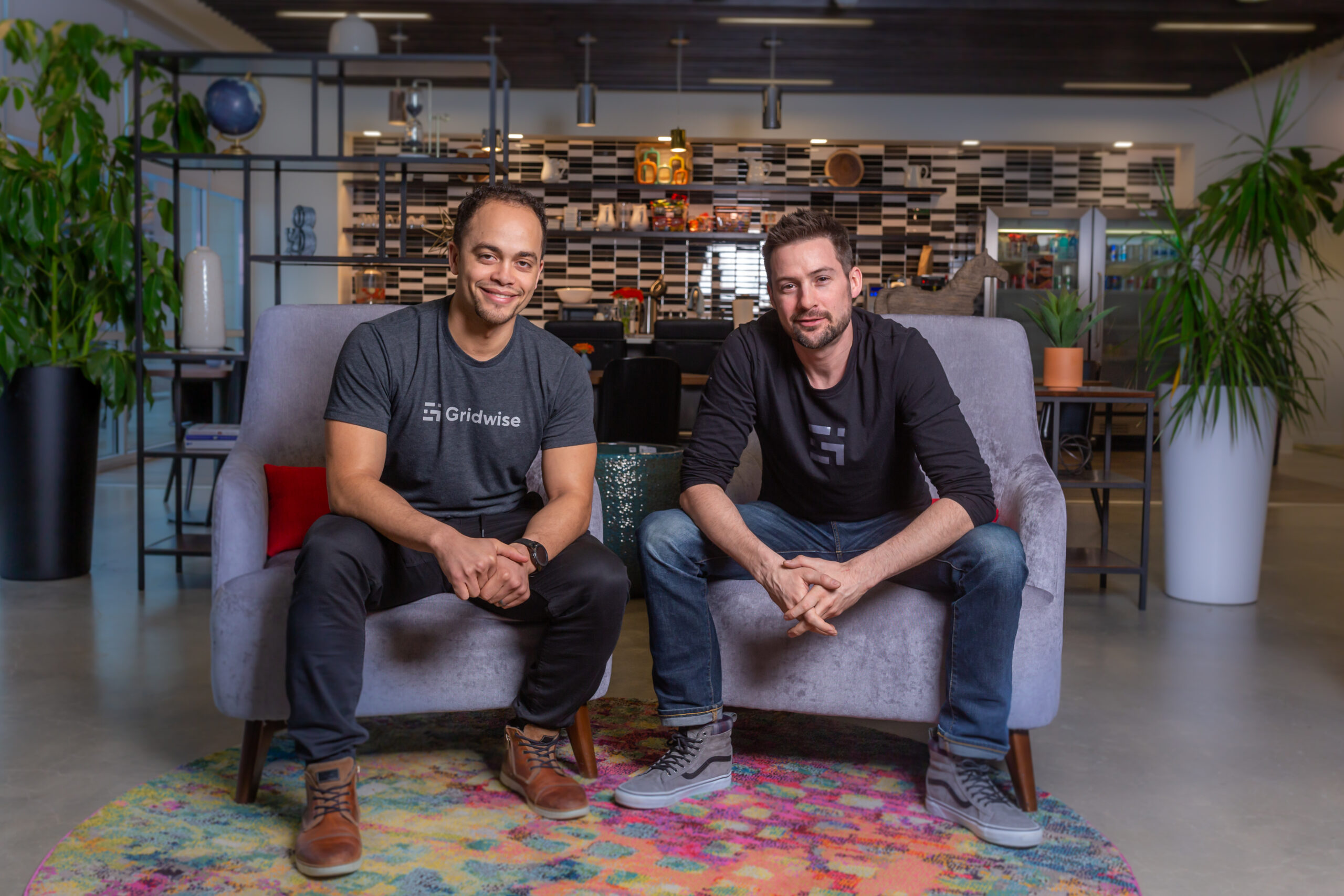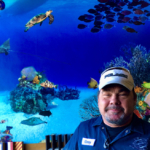If you’ve ever taken an Uber ride, you surely heard some stories akin to the stuff or urban legend. You hop into the ride with a total stranger, strike a conversation and by the time you hop off you have the coolest anecdote to share at the dinner table. It may seem fun to hear these from the comfort of the back seat, but a lot of blood sweat and tears are invested by the six million ride-hail and delivery drivers getting us home from a bar, bringing us pizza or delivering our groceries.
One man had a vision to help these road warriors with an app that would empower them with the tools to plan, manage and analyze their operations to maximize revenues. His name is Ryan Green, co-founder and CEO of Gridwise. Ryan should know a thing or two about mobility, as he’s lived in twelve states before landing in Pittsburgh. But more importantly, he was a road warrior himself. “When I was an active duty Naval Officer I was playing around with some ideas. I was living in Pensacola and this new concept came into our city called Uber. I was really intrigued by the model so I started driving for Uber to make some extra money and gain perspective of the new platform.”
A US veteran, Ryan moved to Pittsburgh after leaving the military for a trading job at PNC. But in the back of his mind he had 25 startup ideas up his sleeve with the goal of having a fully validated new venture by year one and actually launched by the end of year three. One of those ideas was Gridwise. “I was taking rides with Uber and Lyft and hearing drivers complain about the same pain points that we all experienced and the light bulb lit up! So I put together a landing page of what I thought Gridwise could be, aggregating all the important data to help drivers make better operating decisions and make more money.” He put it online and pushed it to Facebook groups across the US without an actual product. He had 500 people sign up for free in a week and over 100 insightful questionnaires where drivers “spilled their guts about their pain points, proposed solutions, etc. At that point I thought I was really on to something there.” In a networking event he met co-founder and CTO Brian Finamore, then at YinzCam, joined forces, pitched AlphaLab and got them to invest. “That was the catalyst that enabled us both to leave our jobs and start Gridwise. That all happened in year one, a lot faster than the three years I had projected.”

Today Gridwise is a utility for gig drivers across the entire driver journey, no pun intended. Before the ride, it is a planning tool to help them plan the next few hours or next few days to maximize their revenues. As they hit the road it provides them with real-time contextual data like alerts of events or airport passenger traffic which help them make real-time decisions. And after they park, it provides the insights and analytics on their performance to compare themselves to other drivers or previous periods. As drivers are turning apps on and off to do one type of delivery or another their data is completely fragmented across all the services they are driving for; Gridwise aggregates and provides data for all the services they are using, currently supporting 25 services providers.
We asked industry pundit and influencer The Rideshare Guy what the biggest pain point for drivers is. “Right now, it’s earnings! Drivers are hesitant to get on the road for low pay, especially during the pandemic. However, companies are announcing new bonuses to bring them back. It’s a delicate balancing act, but in general, gig workers would like to see more money/higher earnings.” And this is Gridwise’s sweet spot – helping drivers make more money. The Rideshare Guy continues “Gridwise is actually one of our favorite mileage tracking apps – it’s free, which is a big plus for rideshare and gig workers. In addition to tracking mileage, it also links with Uber, Lyft, Doordash, and other major services to provide localized event, airport and other demand information, making it a step above the rest.”
So how do they monetize the platform? The business model is dual. “B2C revenue comes through a premium version of the free app with deeper analytics and an ad-free experience plus a marketplace of value added white-labeled services like Gridwise Protection or Gridwise Gas. B2B revenue comes from advertising and sponsorships from companies like Google, AAA, Bosch or Synchrony Bank. Plus we recently launched Gridwise Analytics, the only platform that can provide ground-truth insights into how people and goods are moving across ride hail and delivery services, shedding light on the supply and demand patterns across the different service providers and helping answer key operational questions that stakeholders may have in the mobility space, real estate, retail, financial services, and a multitude of services.”
And where does all that data come from? “The data sources come from a multitude of third-party sources, but the other source is drivers themselves. Location data, ride-hail or delivery, earnings from different service providers, etc. But what’s unique to us is the combined data the platform obtains and the insights it is able to share back to the drivers.”
The platform is currently fully supported in 80 metropolitan areas in the US plus there is a limited version open nationwide. It has empowered over 200,000 drivers in the last year, aggregated more than 40 million trips, revenue is growing at 24% per month and is approaching the billion mark on driver miles tracked. Pretty impressive for a team of 16, but plenty of room to grow with 6 million gig drivers in the US expected to hit 11 million by 2025.
Ryan’s vision is “to become the hub of gig mobility solutions. Where we are empowering the workers that are moving us and our goods between point A and point B. We are the go-to source for analytics in this space. And we are the lead provider of last-mile fleet solutions with a large network of gig drivers. As we build out an even larger network of gig drivers, we open up that network to existing service providers and retail and restaurant groups, and last mile providers who are looking to tap into our driver network. This feeds jobs into our system and enables us all to work together in building a more efficient and seamless mobility ecosystem as we become the repository of our supply activity in the space.”
Interestingly, Gridwise was born in the hub of autonomous vehicles, self-driving cars, trucks, drones, helicopters, you name it. How will this affect the gig economy or Gridwise’s platform and business model? Ryan feels confident that “autonomous vehicles are not a threat, but an opportunity. They are leveraging Gridwise for analytics related to gig mobility, to enhance go-to-market strategy. In fleet solutions, it’s inevitable that these vehicles are going to be a part of this ecosystem, so we’ll continue to empower workers, but we’ll start to bring autonomous vehicles into our networks. So when the jobs come into Gridwise, those are going to be fed out to human drivers or to autonomous vehicles based on the types of jobs they are.” And which jobs could be more appropriate for human drivers? The Rideshare Guy offers a few examples like “locating your intoxicated passenger at the end of a pro sporting event.” It may take a lot of AI to figure that one out.

Pittsburgh’s been kind to Ryan, among other things allowing him to deliver a three year plan in year one, and he attributes much of that to the ease and value of networking in a smaller town with the opportunity to make a bigger impact in the tech ecosystem. But he does see a shortcoming in the access to capital. “There is a lot of capital in Pittsburgh, but I’d like to see it invested in more ways. I am a little biased towards the tech ecosystem, where we’re seeing so many companies fail or having to sell because they don’t have the financial resources to accelerate their businesses more.”
On a personal note, he appreciates a “small city with a big city feel. You get the sky scrappers, the restaurants, but the city is relatively small and you get a lot out of it. It’s also very easy to get around and very bike friendly.” It turns biking is his primary mode of transportation, coming from a guy running a company serving drivers. And while he apologizes for almost coming through as a party animal, he would appreciate “a better night life for people that are over 30 years old, more and better lounges with modern music. Also the wonky hours from restaurants and businesses, some of them are closed on Mondays, some of them are closed on Tuesdays, sometimes I want to get a cocktail and then Cinderland’s closes at 11 pm. And I’m just getting started here!” he comments breaking into laughter.
While many of us get a kick out of finding holes in the wall around town, he’s made a hobby of it. “One evening a friend and I were looking for a restaurant in a residential area in East Liberty and called out to some ladies sitting on their front porch and asked them if they knew about the Jamaican restaurant Mama Rose and she waves at me ‘It’s right here honey, come to the back of the house,’” he voices in his best Caribbean accent. “Hopefully I don’t get her in trouble by overly promoting her here.” Well the little hole in the wall is likely already on its way to GrubHub, UberEats, DoorDash and eventually, Gridwise.


